 |
 |
 |
| |
 |
| October 2020 |
 |
The International Day for
Disaster Risk Reduction
|
|
|
|
 |
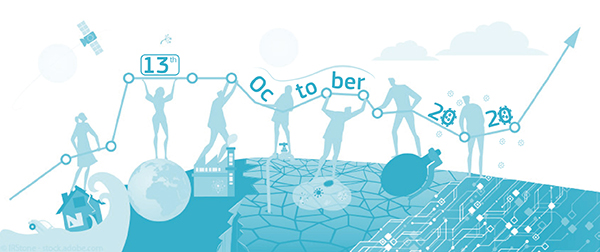 |
 |
 |
| Disaster risk governance: the key to disaster risk management |
|
The International Day for Disaster Risk Reduction was started in 1989, after a call by the UN General Assembly (UNGA) for a day to promote a global culture of risk-awareness and disaster reduction. In 2009, the UNGA officially designated 13 October as the date to commemorate the Day.
The Day celebrates how people and communities around the world are reducing their exposure to disasters and raising awareness about the importance of reining in the risks that they face.
The Commission has been at the forefront of better governance in disaster risk reduction. The Union Civil Protection Mechanism shifted early from purely a response mechanism to risk management approach, and the JRC has been supporting it through science and knowledge.
This special issue newsletter from the Disaster Risk Management Knowledge Centre shows recent projects of the European Commission that directly or indirectly contribute to better governance of disaster risk, through providing better tools, creating science-based guidelines, curating authoritative risk data, and animating multidisciplinary networks.
|
|
 |
| Content |
 |
| Preparing for the future: a new climate change adaptation strategy for the EU |
|
As part of the European Green Deal, the European Commission will adopt a new and more ambitious climate change adaptation strategy in Q1 2021. The new strategy will enhance the EU resilience to climate change and disaster impacts, thus fostering the green recovery. It will contribute to achieving the Paris Agreement global goal on adaptation. It will improve awareness and knowledge
|
of climate impacts, reinforce planning and climate risk management, and accelerate action with a focus on solutions, innovation, and implementation. It will build and expand on past experience, and address new priorities – such as reinforced global action, and furthering the integration of adaptation and disaster risk reduction.
|
 |
 |
|
|
|
 |
 |
 |
| Being better prepared for floods in Europe! |
|
A new upgrade of the European Flood Awareness System (www.efas.eu ) is foreseen to be released on 14 October 2020. The upgrade improves forecast skill through a new model calibration and an increase in the model temporal resolution. Furthermore, EFAS 4.0 also includes
|
changes to the products available to users such as a new medium-range forecast performance layer or upgraded plots showing the modelled discharge at 6-hourly time-step. All detailed information for EFAS 4.0 can be found on the EFAS Wiki1.
|
 |
 |
|
|
|
 |
 |
 |
| Launch of INFORM Severity Index on 22nd October 2020 |
|
What you cannot measure, you cannot manage, also for humanitarian crises. Since 2016, the European Commission has worked, together with UNOCHA and the wider humanitarian and development communities, to conceive a way to compare the severity of crises globally and to understand changes in crisis severity over time.
|
INFORM Severity Index seeks to contribute to an improved management of humanitarian crises by providing decision-makers with a transparent, open source and reliable summary of information about the severity of humanitarian crises that is updated monthly.
|
 |
 |
|
|
|
 |
 |
 |
| New updated version of the DRMKC Risk Data Hub |
|
The EC DRMKC Risk Data Hub proposes a facilitated access to knowledge, networks, tools, methods and disaster risk and loss data. With a wide community of users involved in research, policy-making and operational activities, it becomes challenging to ensure a coordinated but decentralised, harmonised and coherent methodology for data collection, storage and analysis.
|
Therefore, a new and improved approach, considering end users’ needs in accessing information, has been adopted in the new version of the Risk Data Hub (to be released soon). The maps are the predominant element used to facilitate information access to aggregated values. The alignment of the outputs to different policy needs has been the driving factor for this EC development. New and improved functionalities will be released in a sequential manner over the next months. The first preview is already online.
|
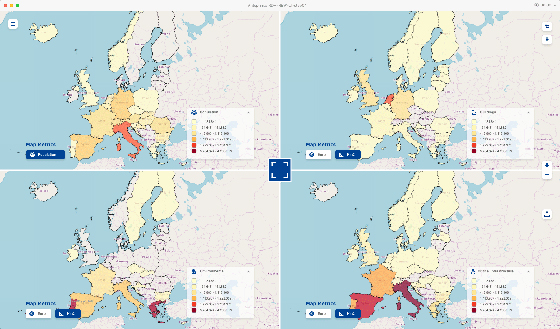 |
 |
|
|
|
 |
 |
 |
| Enhancing early warning for global public health |
|
The Epidemic Intelligence from Open Sources (EIOS) initiative brings together public health organisations from all around the World under the leadership of the World Health Organization and with the collaboration of the European Commission. The EC Disaster Risk Management Knowledge Centre
|
and the Competence Centre for Text Mining and Analysis of the JRC are both engaged in the development of the EIOS system. This tool scans thousands of publicly available sources every day, helping the EIOS community to identify public health warnings at their earliest possible stage.
|
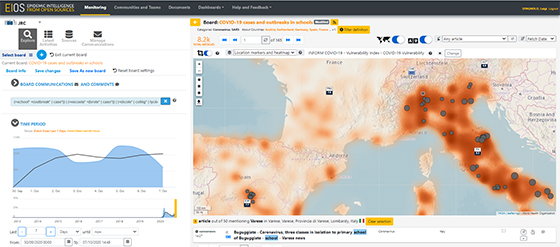 |
 |
|
|
|
 |
 |
 |
| With companies adjusting to the Covid-19 pandemic JRC warns about accidents |
|
On 7-8 May 2020, a leak of hazardous styrene gas from a polymer plant in Visakhapatnam, Andhra Pradesh, India, led to the death of at least 11 people and hundreds of injured in the surrounding community. On 5th May 2020 an explosion at a plastics factory
|
near Naples, Italy killed one person and injured two others. According to media reports, both of these sites were starting up operations after having been shut down as part of measures to contain the Covid-19 pandemic.
|
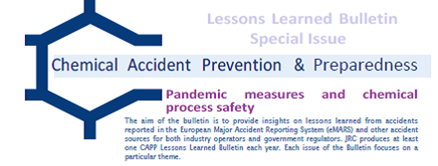 |
 |
|
|
|
 |
 |
 |
| European Commission’s Joint Research Centre leads the way with new inspection advice on Natech risk management at hazardous sites |
|
The European Commission’s Joint Research Centre (JRC) has published a ground-breaking technical guide for inspectors that they can use to help in evaluating the adequacy of a hazardous site’s Natech risk management programme. For the first time, inspectors have concrete methods for evaluating Natech risk
|
assessments and how Natech risks are presented in the safety report and controlled on site.The publication belongs to the JRC’s Seveso Inspection Series on Common Inspection Criteria, and the fruit of a JRC partnership between JRC and EU Member State inspectorates.
|
 |
 |
|
|
|
 |
 |
 |
| Community of Users on Secure, Safe and Resilient Societies - Towards a governance mechanism |
|
Since 2007, the EU has invested over 3 billion euro in security research, which has to date led to over 600 projects supported through EU funding in areas related to disasters risk reduction, infrastructure protection, fight against crime and terrorism and border security. Project outputs have materialized in different ways,
|
such as relevant scientific findings, the maturation of promising technology areas, the operational validation of innovative concepts or the support to policy implementation. Throughout the years, a strong security research community integrated by highly committed stakeholders has been consolidated.
|
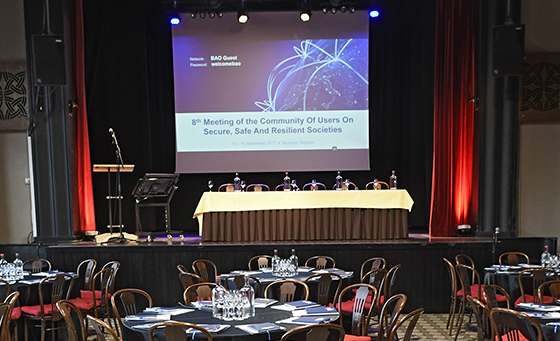 |
 |
|
|
|
 |
 |
 |
| (13/10/2020) Presentation of the new Science4Peace portal functionalities and kick-off of the virtual Global Conflict Risk Index workshop. |
|
On the International Day for Disaster Risk Reduction, the Peace and Stability Team of the Joint Research Centre’s, with the collaboration of the European External Action Service and the Foreign Policy Instrument, is presenting the new Science4Peace Portal functionalities
|
and kicks off the annual Global Conflict Risk Index workshop. Both events aim at strengthening the JRC support to policy makers on man-made disasters in the context of the Disaster Risk Management Knowledge Centre.
|
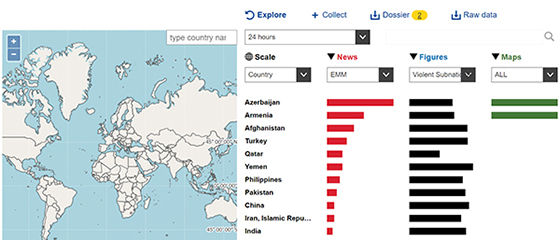 |
 |
|
|
|
 |
 |
 |
Science in support of better disaster risk governance:
The Recommendations for National Risk Assessment for DRM in EU, Version 1 to be published soon |
|
The European Commission Joint Research Centre joins National, Regional and Global efforts to acquire better risk governance levels through evidences, science and knowledge management. This report is the second in the series of reports “Recommendations for National Risk Assessment for Disaster Risk Management”.
|
The aim of this series of reports is to build-up a network of experts involved in the different aspects of the National Risk Assessment process. They are invited to co-develop, with a sequential approach imposed by the complexity of the task, a reference document that will contribute to filling the gap between scientific knowledge and their practical usability.
|
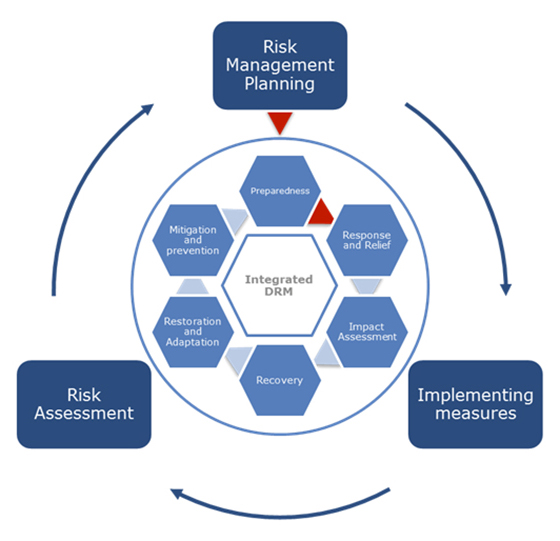 |
 |
|
|
|
 |
 |
 |
| Launch of the review of the Report “Science for DRM 2020: acting today, protecting tomorrow” |
|
After two intense years of collaboration with more than 300 experts, the “Science for DRM 2020: acting today, protecting tomorrow” has reached its final phase and will be published in December 2020. To celebrate the International DRR Day, a brief review of the Report
|
has been prepared and it is accessible at the DRMKC website. The document contains the main concepts and topics addressed in the various chapters of the Report, excluding the final Conclusions and Recommendations, which will be revealed only at the end of the process.
|
 |
 |
|
|
|
 |
 |
 |
| Tsunami preparedness : risk assessment in Andalusian West Coast, Spain |
|
The Copernicus Emergency Management Service, Risk and Recovery service has been activated to develop tsunami risk analysis in the urban environments of the Andalusian west coast in order to support preparedness. The project includes hazard, exposure, vulnerability and risk,
|
focusing on buildings and population. The products available are reference mapping, calculate tsunami hazard assessment via highly efficient numerical simulations (Tsunami-HySEA) and tsunami vulnerability assessment by applying the PTVA-3 resulting in a Relative Vulnerability Index.
|
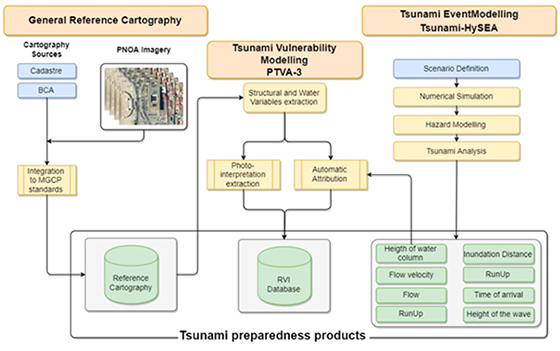 |
 |
|
|
|
 |
 |
 |
| V International Congress on Risks in Coimbra (Portugal) |
|
Experts, technicians and students are invited to discuss about the concept of risk and its management in the V International Congress on Risks held this week in the city of Coimbra. The DRMKC is arranging the morning session of the 13th October,
|
discussing the challenges and opportunities of integrating the knowledge provided by various actors. Speakers will present cases where scientists, students, citizens and local institutions interact to reduce disaster risk.
|
 |
 |
|
|
|
 |
 |
 |
| SERA: a research alliance for reducing seismic risk |
|
The Seismology and Earthquake Engineering Research Infrastructure Alliance for Europe (SERA) engaged 31 partners to integrate data, products, infrastructures and know-how in seismology and earthquake engineering. The joint efforts produced remarkable outcomes to assess risk and
|
reduce future losses, such as seismic hazard and risk models for Europe, transnational access to high-class earthquake engineering facilities, virtual access to seismology data and products, school-level educational seismology, and new knowledge on the resilience of structures.
|
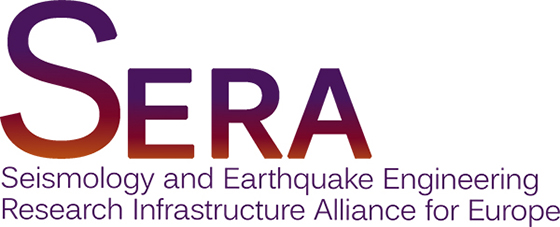 |
|
|
|
 |
 |
 |
| Pilot Project: Seismic and energy retrofit of buildings in the EU |
|
A large percentage of ageing homes and public buildings remain vulnerable to earthquakes in the EU, whereas their energy consumption creates a major source of greenhouse emissions. The Joint Research Centre, in support of EU policies and initiatives, works in a pilot project to simultaneously reduce
|
buildings’ vulnerability to earthquakes and significantly improve their energy efficiency. The pilot project tailors its analysis to diverse building typologies and unique seismic and climatic exposure of each region across the EU to identify appropriate intervention scenarios.
|
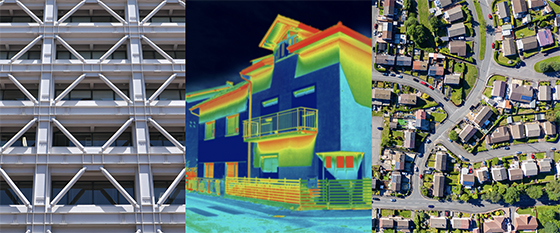 |
|
 |
 |
© European Union, 2020
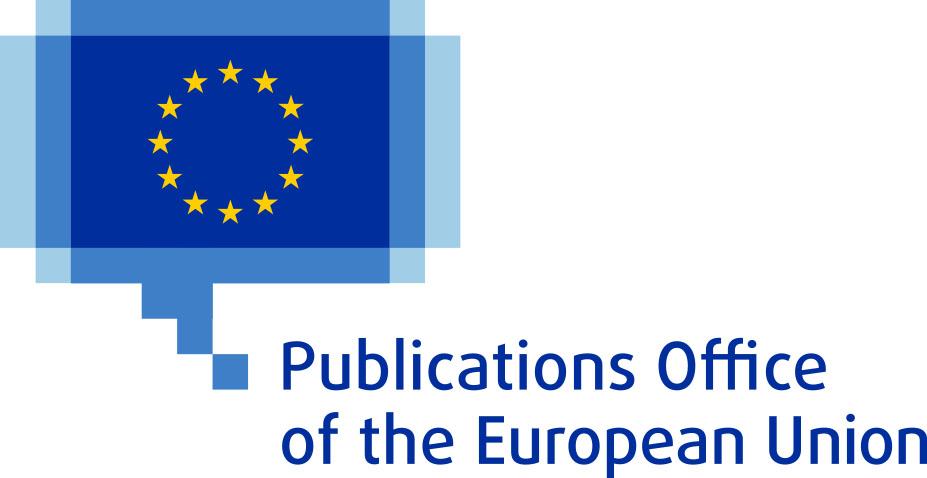 |
|
ISBN 978-92-76-23300-8
doi:10.2760/093324
KJ-02-20-880-EN-N |
|
|